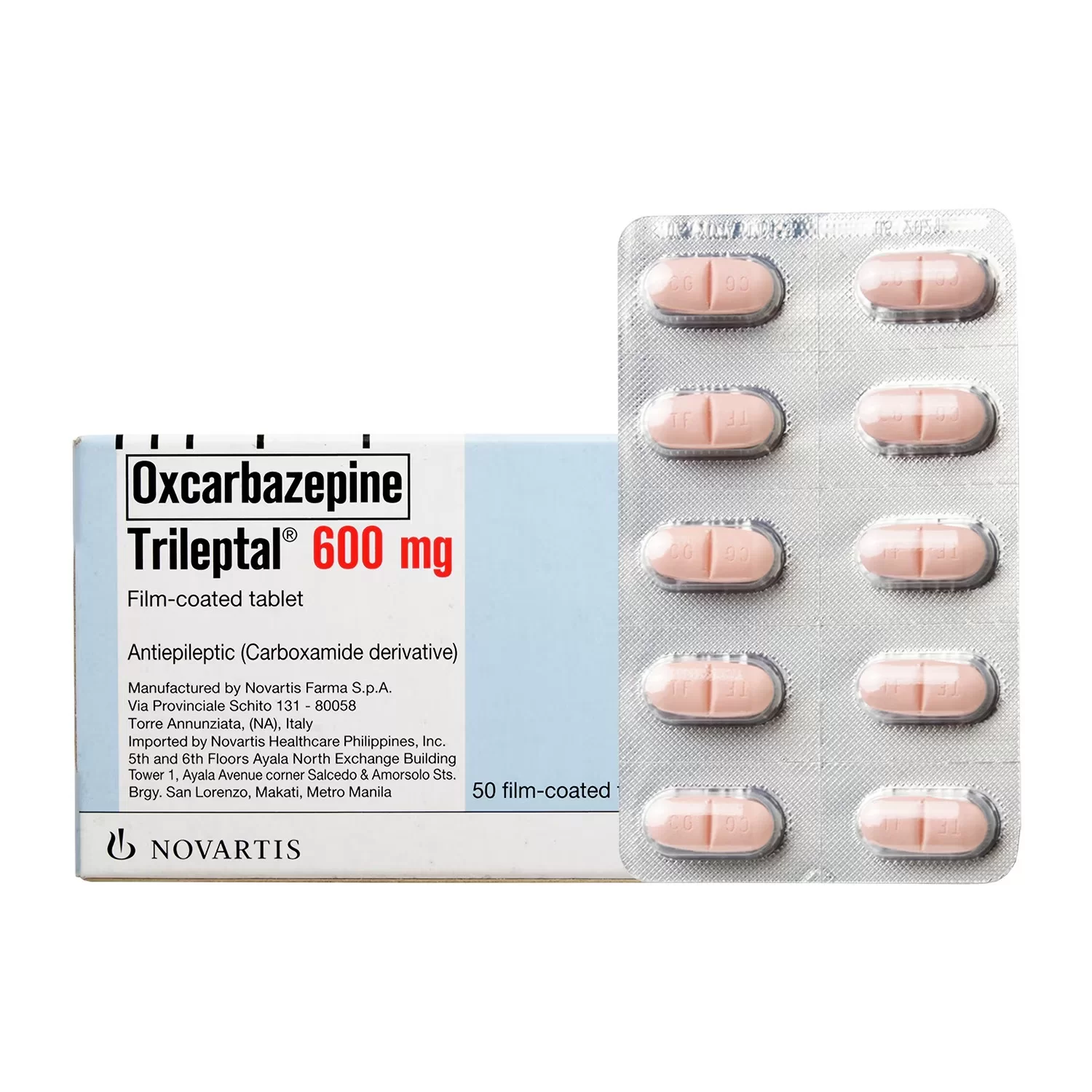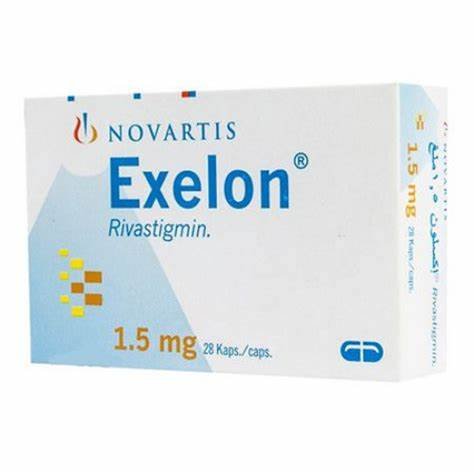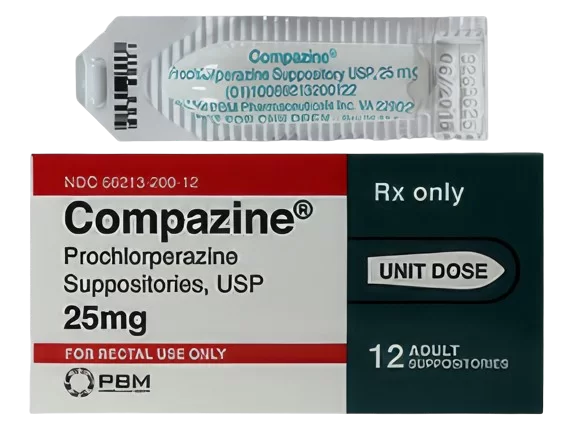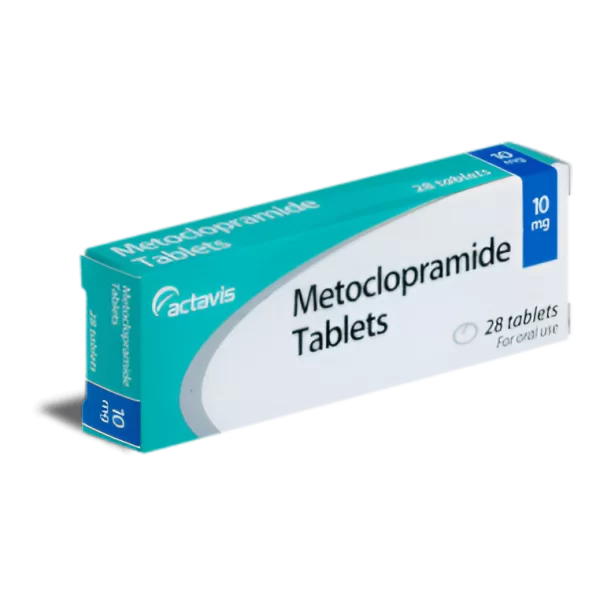
Trileptal
Trileptal - 600mg
| Product | Per Pill | Savings | Per Pack | Order |
|---|---|---|---|---|
| 30 pills | $3.35 | $100.46 | Buy Now | |
| 60 pills | $2.52 | $49.73 | $200.93 $151.20 | Buy Now |
| 90 pills | $2.24 | $99.46 | $301.39 $201.93 | Buy Now |
| 120 pills | $2.11 | $149.19 | $401.85 $252.66 | Buy Now |
| 180 pills | $1.97 | $248.64 | $602.77 $354.13 | Buy Now |
| 270 pills | $1.88 | $397.83 | $904.16 $506.33 | Buy Now |
Trileptal - 300mg
| Product | Per Pill | Savings | Per Pack | Order |
|---|---|---|---|---|
| 30 pills | $2.01 | $60.43 | Buy Now | |
| 60 pills | $1.62 | $23.79 | $120.86 $97.07 | Buy Now |
| 90 pills | $1.49 | $47.59 | $181.29 $133.70 | Buy Now |
| 120 pills | $1.42 | $71.38 | $241.72 $170.34 | Buy Now |
| 180 pills | $1.35 | $118.97 | $362.58 $243.61 | Buy Now |
| 270 pills | $1.31 | $190.36 | $543.88 $353.52 | Buy Now |
Trileptal - 150mg
| Product | Per Pill | Savings | Per Pack | Order |
|---|---|---|---|---|
| 30 pills | $1.07 | $32.06 | Buy Now | |
| 60 pills | $0.85 | $13.29 | $64.12 $50.83 | Buy Now |
| 90 pills | $0.77 | $26.58 | $96.19 $69.61 | Buy Now |
| 120 pills | $0.74 | $39.87 | $128.25 $88.38 | Buy Now |
| 180 pills | $0.70 | $66.46 | $192.38 $125.92 | Buy Now |
| 270 pills | $0.67 | $106.33 | $288.56 $182.23 | Buy Now |
| 360 pills | $0.66 | $146.20 | $384.75 $238.55 | Buy Now |
Overview
Trileptal (oxcarbazepine) is an anticonvulsant medication used to treat epilepsy and manage seizures. It is particularly effective in treating partial-onset seizures in both adults and children. Trileptal works by stabilizing electrical activity in the brain, thereby reducing the frequency and intensity of seizures. Approved by the FDA, it offers a reliable option for those with epilepsy, aiming to improve their quality of life through better seizure control. Trileptal is available in various formulations, including tablets and oral suspension, providing flexibility in administration based on patient needs.
Indications for Use
Trileptal is indicated for the treatment of partial-onset seizures in adults and children aged two years and older. Partial-onset seizures are characterized by abnormal electrical activity in one part of the brain, which can cause various symptoms depending on the brain area affected. Trileptal can be used as monotherapy or in combination with other antiepileptic drugs. For adults, it is often prescribed when other medications are not well tolerated or insufficiently effective. In pediatric patients, Trileptal is commonly chosen due to its favorable safety profile and effectiveness in controlling seizures.
Dosage and Administration
The dosage of Trileptal varies depending on the patient’s age, weight, and medical condition. For adults, the typical starting dose is 300 mg twice daily, which may be increased based on the patient’s response and tolerance. The maximum recommended daily dose is 2400 mg. For children, dosing is based on weight, with a common starting dose of 8-10 mg/kg per day, divided into two doses. The oral suspension form provides an alternative for those who have difficulty swallowing tablets. Trileptal should be taken consistently, with or without food, and patients should follow their healthcare provider’s instructions closely to achieve optimal seizure control.
Mechanism of Action
Trileptal (oxcarbazepine) works by inhibiting voltage-gated sodium channels in the brain, which helps stabilize hyperexcited neuronal membranes and suppress repetitive neuronal firing. By reducing the excessive electrical activity associated with seizures, Trileptal helps prevent the onset and spread of seizure activity. This mechanism of action makes it effective in controlling partial-onset seizures, where abnormal electrical discharges are localized to a specific area of the brain. Trileptal’s ability to modulate sodium channels also contributes to its mood-stabilizing effects, which can benefit patients with co-occurring mood disorders.
Composition
Trileptal contains the active ingredient oxcarbazepine. The inactive ingredients in the tablet form include colloidal silicon dioxide, crospovidone, hypromellose, magnesium stearate, microcrystalline cellulose, and talc. The oral suspension form contains inactive ingredients such as citric acid anhydrous, methylparaben, propylparaben, sorbitol solution, and xanthan gum. These components are carefully selected to ensure the stability, bioavailability, and effectiveness of the medication. The various formulations allow healthcare providers to tailor treatment to the specific needs of each patient, ensuring optimal therapeutic outcomes.
Side Effects
Common side effects of Trileptal include dizziness, drowsiness, headache, double vision, and nausea. These side effects are usually mild and may diminish as the body adjusts to the medication. More serious side effects can include low sodium levels (hyponatremia), which may present as confusion, weakness, and increased seizures. Allergic reactions, though rare, can occur and may involve symptoms such as rash, itching, swelling, severe dizziness, and difficulty breathing. It is important for patients to report any side effects to their healthcare provider promptly to manage them effectively and adjust the treatment regimen if necessary.
Prevention of Side Effects
To minimize the risk of side effects while taking Trileptal, patients should:
- Follow the prescribed dosage and administration instructions carefully
- Avoid sudden discontinuation of the medication without consulting a healthcare provider
- Stay well-hydrated to prevent low sodium levels
- Report any unusual symptoms or side effects to their healthcare provider promptly
- Have regular blood tests to monitor sodium levels and overall health, especially during the initial months of treatment
- Inform their healthcare provider of all other medications they are taking to avoid potential drug interactions
Contraindications
Trileptal is contraindicated in patients who have a known hypersensitivity to oxcarbazepine or any of the other ingredients in the formulation. Patients with a history of severe allergic reactions, such as Stevens-Johnson syndrome, to oxcarbazepine or related medications should avoid using Trileptal. It is also contraindicated in patients with certain types of heart block, particularly those not corrected by a pacemaker. Patients should undergo a thorough medical evaluation before starting Trileptal to ensure there are no contraindications or underlying conditions that could be exacerbated by the medication.
Warnings/Precautions
Patients using Trileptal should take certain precautions to ensure safe and effective treatment:
- Monitor for signs of allergic reactions or serious skin reactions, such as rash or blistering
- Regularly check blood sodium levels, especially in the first few months of treatment or if symptoms of hyponatremia occur
- Use caution when operating heavy machinery or driving, as Trileptal can cause dizziness and drowsiness
- Inform healthcare providers of any history of kidney or liver disease, as these conditions may require dose adjustments
- Avoid alcohol, as it can exacerbate side effects and decrease seizure control
Missed Dose
If a dose of Trileptal is missed, it should be taken as soon as the patient remembers. If it is almost time for the next dose, the missed dose should be skipped and the patient should resume their regular dosing schedule. Patients should not take a double dose to make up for a missed one. Maintaining a consistent dosing schedule is crucial for optimal seizure control, so using reminders or setting alarms can help prevent missed doses. Patients should consult their healthcare provider if they have questions or concerns about their dosing regimen.
Drug Interactions
Trileptal can interact with other medications, potentially altering their effects or increasing the risk of side effects. Medications that may interact with Trileptal include:
- Other antiepileptic drugs, such as carbamazepine and phenytoin, which may require dose adjustments
- Oral contraceptives, which may become less effective; alternative birth control methods should be considered
- Certain antidepressants and antipsychotics, which can affect seizure control
- Diuretics, which can increase the risk of low sodium levels
- Nonsteroidal anti-inflammatory drugs (NSAIDs), which can interact with oxcarbazepine and affect kidney function
Patients should provide their healthcare provider with a complete list of all medications and supplements they are taking to avoid potential interactions.
Overdose
In case of an overdose of Trileptal, immediate medical attention is required. Symptoms of overdose may include severe dizziness, drowsiness, agitation, confusion, and increased seizure activity. Supportive care is the primary treatment for overdose, as there is no specific antidote for oxcarbazepine. Healthcare providers may use activated charcoal to reduce absorption if the overdose is recent and perform gastric lavage. Monitoring vital signs and providing symptomatic treatment is essential to manage an overdose effectively. Preventing overdose involves taking the medication exactly as prescribed and keeping it out of reach of children.
Pharmacokinetics
Absorption:
- Trileptal is rapidly absorbed, with peak plasma concentrations of the active metabolite, MHD, occurring within 3-13 hours after administration.
Distribution:
- Oxcarbazepine and MHD are widely distributed in body tissues. The volume of distribution for MHD is approximately 49 liters.
Metabolism:
- Oxcarbazepine is extensively metabolized in the liver to its active metabolite, MHD. This process involves reduction and subsequent conjugation.
Elimination:
- The elimination half-life of MHD is approximately 9 hours. Oxcarbazepine and its metabolites are primarily excreted in the urine, with less than 1% excreted unchanged.
Dosage Forms
Trileptal is available in several dosage forms to accommodate different patient needs:
- Film-coated tablets: Available in 150 mg, 300 mg, and 600 mg strengths
- Oral suspension: Each milliliter contains 60 mg of oxcarbazepine
These formulations provide flexibility in dosing and ease of administration, particularly for pediatric patients or those with difficulty swallowing tablets.
Pregnancy and Breastfeeding
Pregnancy:
- Trileptal should be used during pregnancy only if the potential benefits justify the potential risks to the fetus. There is limited data on the safety of oxcarbazepine in pregnant women, and it should be prescribed with caution. Women of childbearing potential should use effective contraception while taking Trileptal. If a patient becomes pregnant while taking Trileptal, they should consult their healthcare provider to discuss the risks and benefits.
Breastfeeding:
- Oxcarbazepine and its active metabolite, MHD, are excreted in breast milk. The effects on the nursing infant are not well studied, and breastfeeding while taking Trileptal is not recommended. If the medication is necessary for the mother’s health, alternative feeding options for the infant should be considered.
Storage Conditions
Proper storage of Trileptal ensures its efficacy and safety:
- Store Trileptal tablets at room temperature, between 15-30°C (59-86°F).
- Keep the medication in its original packaging, tightly closed, to protect it from moisture and light.
- Store the oral suspension at room temperature and shake well before use.
- Do not store in damp or humid places, such as bathrooms.
- Keep out of reach of children and pets.
- Do not use expired medication, and dispose of it properly according to local regulations.
Clinical Trials and Efficacy
Clinical trials have demonstrated the efficacy of Trileptal in treating partial-onset seizures. In double-blind, randomized, placebo-controlled studies, Trileptal significantly reduced seizure frequency compared to placebo. These trials included both adult and pediatric patients, showing consistent effectiveness across different age groups. Trileptal has also been evaluated in studies comparing it to other antiepileptic drugs, demonstrating similar or superior efficacy with a favorable side effect profile. These findings support its use as a first-line treatment for partial-onset seizures, offering improved seizure control and quality of life for patients with epilepsy.
Conclusion
Trileptal is a reliable and effective medication for managing partial-onset seizures in adults and children. Its mechanism of action, favorable pharmacokinetic profile, and multiple dosage forms make it a versatile option for epilepsy treatment. Patients should follow their healthcare provider’s instructions closely and report any side effects or concerns to ensure the best possible outcomes. Regular monitoring and adherence to prescribed regimens are crucial for optimizing seizure control and minimizing side effects. With proper use, Trileptal can significantly improve the quality of life for individuals with epilepsy.




